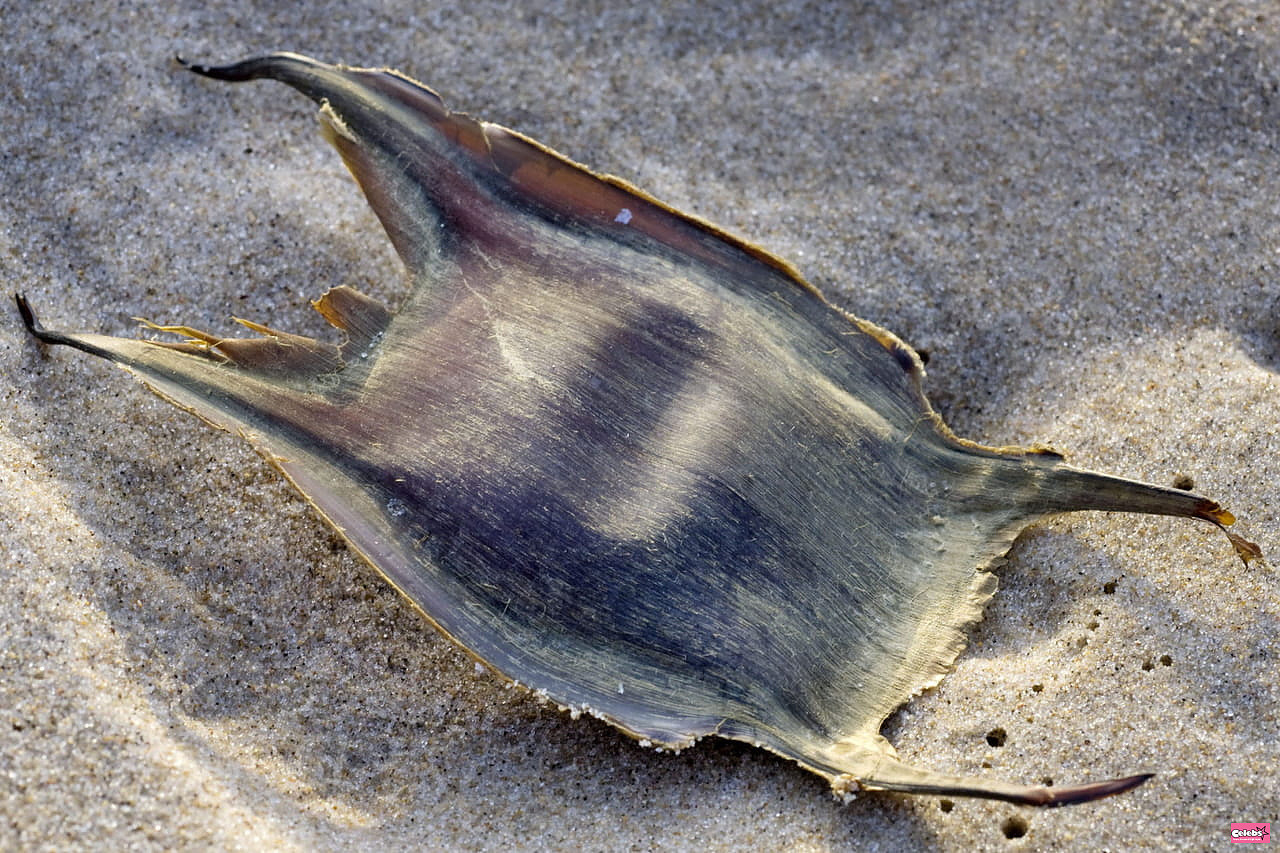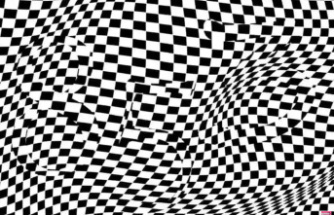Do you know what this black thing with four hooks is that you can see on beaches in France?
While walking on the beaches of France, you couldn't have missed them, they are everywhere. Small black capsules, rectangular and equipped with four hooks, often dot the coastline. They can often be confused with algae of the same color or even pass for a large insect, a beetle and therefore not be noticed at their true value. Because these famous capsules are absolutely not algae.
Carried to our coasts by the current, these small pockets are found on all the beaches in France, especially on the islands. These enigmatic “marine objects” can be found mainly on the Atlantic and Mediterranean coasts. Their presence is sometimes more frequent during certain seasons, mainly spring and summer. Abandoned on the sand, they can go unnoticed and remain unknown. Everyone has probably seen them, but how many people really know what these black capsules are? Are you one of them?
Nicknamed mermaid purses or ootheca, these capsules are actually... eggs! And not just any eggs, but remains of ray offspring. These capsules are made up of a rigid pocket reminiscent of plastic or leather, a small bag, the ends of which are hooked which allows the egg to cling to the algae or the bottom of the sea, and in which it will develop the future animal.
Other species use the same ploy and have similar eggs, with a few differences. You can also come across them on the beaches of France: they are small sharks, notably dogfish and chimeras, fish that resemble sharks and live on the seabed. All of them belong to the species of cartilaginous fish.
The next time you come across a ray egg, you can pick it up: the little animal no longer needs it and has abandoned its capsule, which has therefore washed up on the sand. If they are most observable in spring and summer, the reproduction period of rays, they are also especially observable on shallow sandy beaches, where rays like to lay their eggs. Certain specific locations, such as estuaries or calm areas near sandbars, can be favored nesting sites for these marine animals.
In France, few people know it, but we observe a large number of different species of rays, several of which are considered "threatened" according to the IUCN (The International Union for Conservation of Nature). A danger of extinction on which the Brest association APECS (Association for the Study and Conservation of Selacians, fish with a cartilaginous skeleton editor's note) is working in particular with a program entitled Capoera, which aims to collect ray capsules to study populations and thus “try to fill the lack of knowledge about their reproduction”, we can read on its site.











